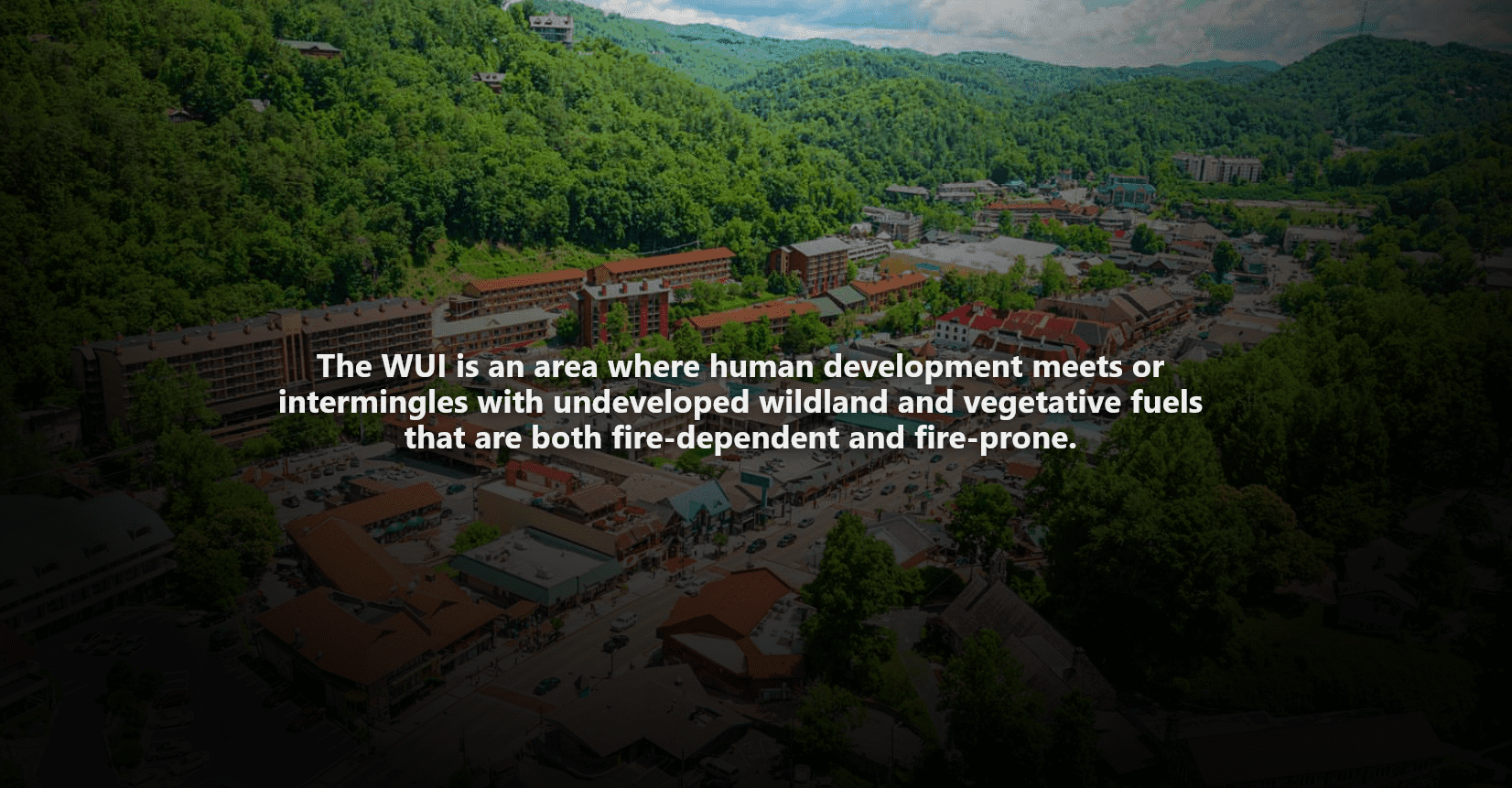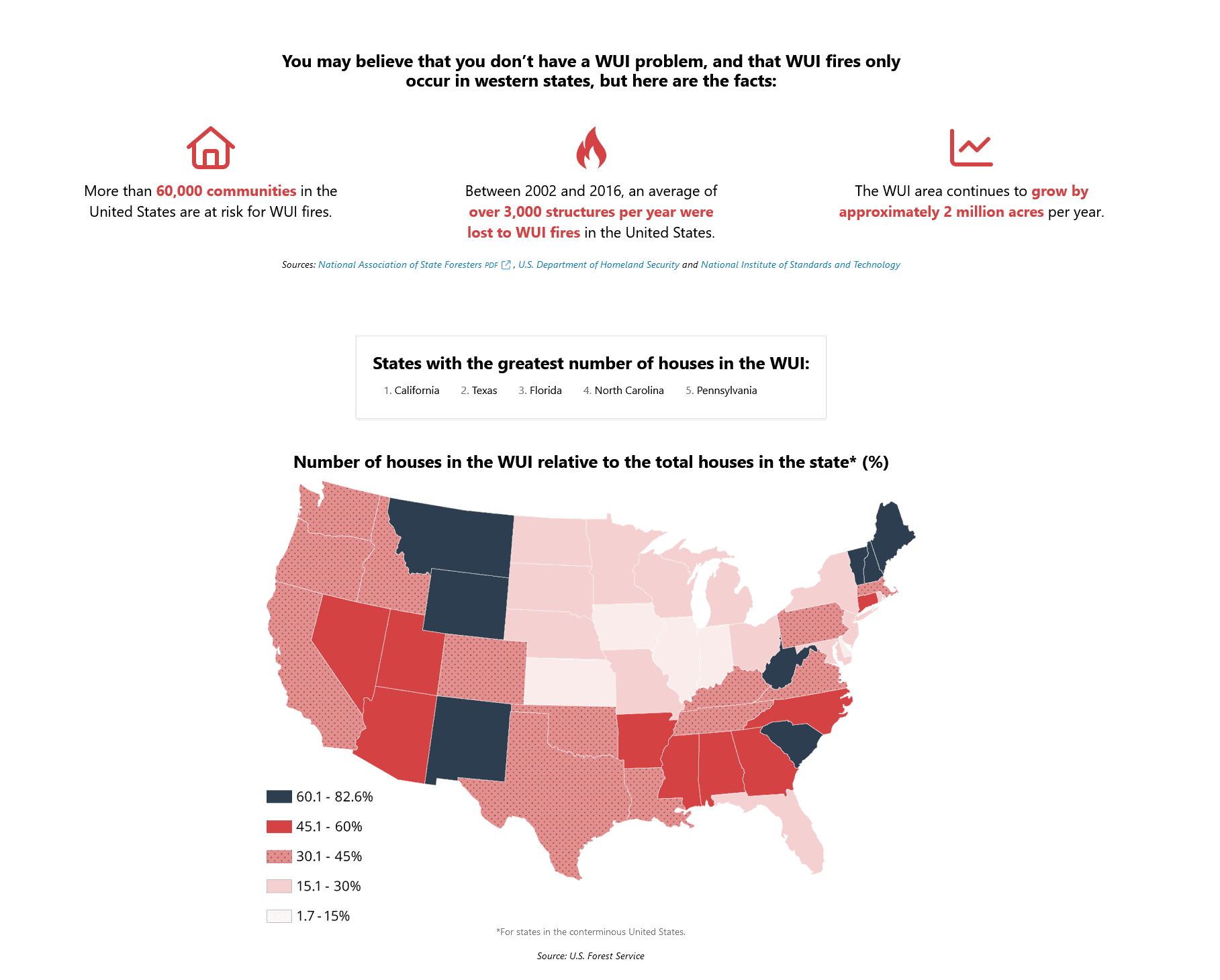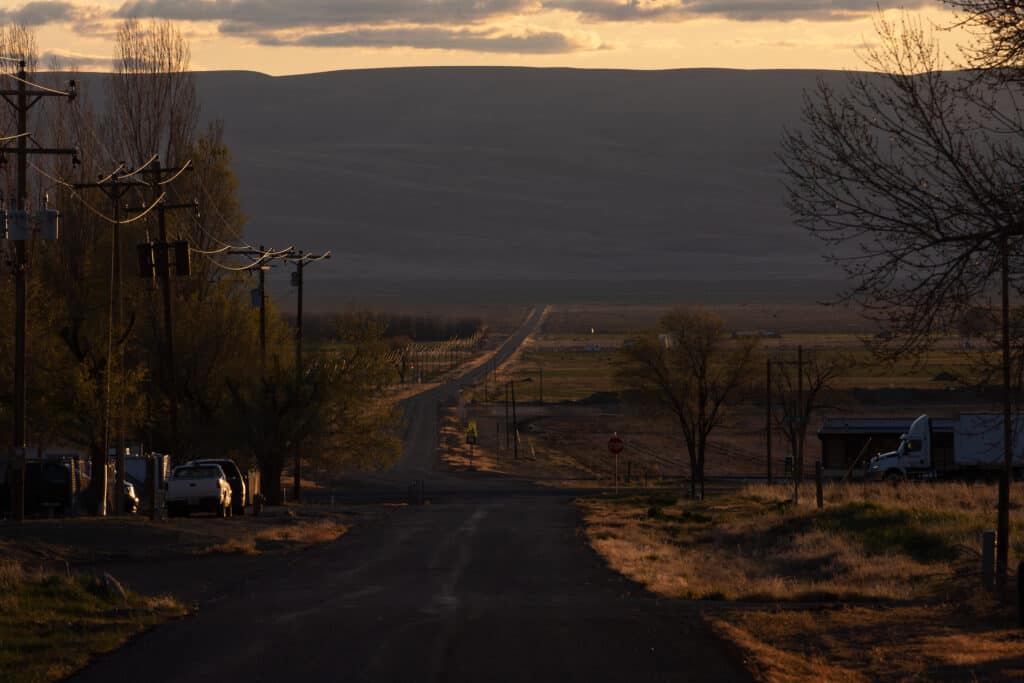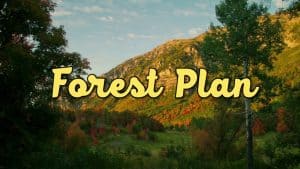- FEATURED LAWSUIT: Sage-grouse, research natural areas, grazing and land use plans
Court decision in Oregon Natural Desert Association v. Bushue (D. Or.)
On December 7, the district court held that the BLM is required by its resource management plan to close 13 research natural areas (RNAs) to grazing in southeastern Oregon. That requirement was included as a decision in a 2015 plan amendment adopted range-wide to protect habitat for sage-grouse (ARMPA). (That was the basis for the Fish and Wildlife Service deciding to not list the sage-grouse under ESA, and the 2015 amendment remains in place after a subsequent amendment in 2019 was enjoined.)
FLPMA requires that lands be managed in accordance with land use plans, and this amendment stated (twice) that specific areas in these RNAs “will be unavailable to livestock grazing.” However, the Record of Decision also made it clear that, “implementing on-the-ground activities requires additional steps before any of them can begin.” The court first found that language in the draft plan that imposed a 5-year deadline and prescribed fencing was not included in the final decision, despite language in the ROD that could be interpreted otherwise, and therefore these were not actual plan requirements.
The court then determined that nine years or more of delay in meeting FLPMA’s requirement by terminating existing grazing authorizations was unreasonable under the APA. To do so, it first found that these specifically identified actions were “discrete” (as opposed to “programmatic attacks”), making them enforceable by a court. One reason the BLM had argued that they were not “discrete” was because actions requiring NEPA compliance could not be compelled. The court disagreed, saying, “If courts were barred from enforcing any discrete, mandatory action that required some further NEPA analysis, many environmental statutes, regulations, and provisions would be unenforceable.” In this case, the court also found that the BLM had completed a separate NEPA process for closing these areas to grazing and had included that with its plan amendment.
The court then held that the closures to grazing were “legally required” by the resource management plan. It cited the Supreme Court (Southern Utah Wilderness Alliance, SUWA, case) for acknowledging the possibility that language in a land use plan could create a binding commitment for an agency to act. This court concluded that the sage-grouse amendment contains “a specific, unequivocal command” placed on the agency to make the RNAs unavailable to grazing. Moreover, “The plain language of the ROD makes clear that the ‘land use allocation[s]’ in Management Decision LG 1 and Objectives LG 2, the provisions making areas unavailable for grazing, were immediate decisions… In other words, it is not “[a] statement by BLM about what it plans to do, at some point, provided it has the funds and there are not more pressing priorities;” (i)t is an immediate, binding commitment to set aside 22,765 acres as unavailable to grazing.”
The court found that, “BLM has violated FLMPA and the APA by failing timely to close the 13 key RNAs. BLM must make unavailable to grazing the portions of the key RNAs specified in the 2015 ARMPA without further delay.” It ordered further briefing on a specific remedy.
ESA listing action resulting from Center for Biological Diversity v. Everson (D. D.C.)
On November 30, the U. S. Fish and Wildlife Service announced it will reclassify the northern long-eared bat from threatened to endangered, the result of a lawsuit decided in 2020. The Service cited the impacts of white nose syndrome (WNS) on the species’ viability. This tightens restrictions on incidental take of individuals – activities NOT likely to result in a violation of the ESA section 9 prohibition on “take” include “minimal tree removal and vegetation management any time of the year outside of forested habitat and more than five miles from known or potential hibernacula, insignificant forested habitat removal during the hibernation period not negatively affecting an essential behavioral pattern, tree removal at any time of year in highly developed urban areas…” In other words, most logging would now require the FWS to authorize incidental take. This article includes a map of WNS distribution, and a link to the earlier court decision.
Settlement in Center for Biological Diversity v. U. S. Fish and Wildlife Service (D. Mont.)
On November 30, the district court approved a settlement that requires the Service to respond to Plaintiff’s June 8, 2022 rulemaking petition, requesting a phase-out of lead usage on the entire National Wildlife Refuge System, by June 1, 2023. The original lawsuit had challenged a Trump Administration rule for failing to comply with the Endangered Species Act when it expanded hunting and fishing at national wildlife refuges and fish hatcheries. Because of the lawsuit, the Service has also committed to a proposed phaseout of lead use on numerous national wildlife refuges in the eastern U.S. The press release includes links to the lawsuit complaint and the settlement agreement.
Court decision in Los Padres ForestWatch v. U. Forest Service (C.D. Cal.)
On December 5, the district resolved the remaining issue in litigation of the Tecuya Ridge Project on the Los Padres National Forest. The court found that additional analysis by the Forest supported a conclusion that the proposed shaded fuelbreaks would comply with the Roadless Area Conservation Rule requirement that the project remove “generally small diameter timber.”
The earlier decision by the Ninth Circuit in this case was discussed here.
Court decision in Native Ecosystems Council v. Marten (D. Mont.)
On December 6, the district court granted the Forest Service motion to dissolve an injunction against the Fleecer Mountains Project on the Beaverhead-Deerlodge National Forest. The agency had complied with its requirement to consult on the forest plan with regard to new information that included parts of the Forest as Canada lynx habitat.
A federal judge has convicted and fined an individual for driving a motorized vehicle off of designated routes on the Tahoe National Forest. He was found by Forest Service law enforcement officers in a riparian area that provides important habitat for the Foothill yellow-legged frog, a species proposed for federal listing in 2022. The Forest had ramped up patrols of this area that had historically received heavy motorized use.
New lawsuit: Center for Biological Diversity v. U. S. Bureau of Land Management (C.D. Cal.)
On December 6, plaintiffs sued the BLM to protect federally endangered Amargosa voles from unmanaged recreational use within their federally protected critical habitat near a popular hot spring in the Mojave Desert. They say, “federal officials are looking the other way while people party around the clock …,” and allege that unauthorized off-road vehicles, unattended campfires, off-leash dogs, unauthorized camping, litter, and a lack of bathroom facilities have led to severe degradation of the animals’ habitat.
This isn’t a lawsuit yet, but the “demand letter” sounds like it could be the equivalent of a notice of intent to sue (which is not a formal requirement in this case), and what can be done in “de facto” wilderness has been a topic of discussion here. The Beaverhead-Deerlodge National Forest moved an electronic site structure into a statutory Montana Wilderness Study Area using motorized equipment under a categorical exclusion for “maintenance” and with no public process. Montana Backcountry Horsemen has asked that it be removed.
As someone noted in a comment on the last litigation summary, on December 14, the whitebark pine was listed as a threatened species under the Endangered Species Act. White pine blister rust is the primary threat to the species, along with “mountain pine beetles, altered wildfire patterns, and climate change.” The news release from the Whitebark Pine Ecosystem Foundation links to the Fish and Wildlife Service information.
On December 16, the U. S. Fish and Wildlife Service published a final rule listing the Tiehm’s buckwheat as an endangered species, and designated 910 acres of critical habitat on lands managed by the Bureau of Land Management. The Center for Biological Diversity had sent the FWS a Notice of Intent to Sue in October for failing to list the species. The habitat involved is also the site of a proposed lithium mine, which we have discussed in conjunction with that litigation, most recently here. CBD said, “Lithium is an important part of our renewable energy transition, but it can’t come at the cost of extinction.” According to the mining company, “Our operations have and will continue to avoid all Tiehm’s buckwheat populations.” The article includes a link to the listing notice.







